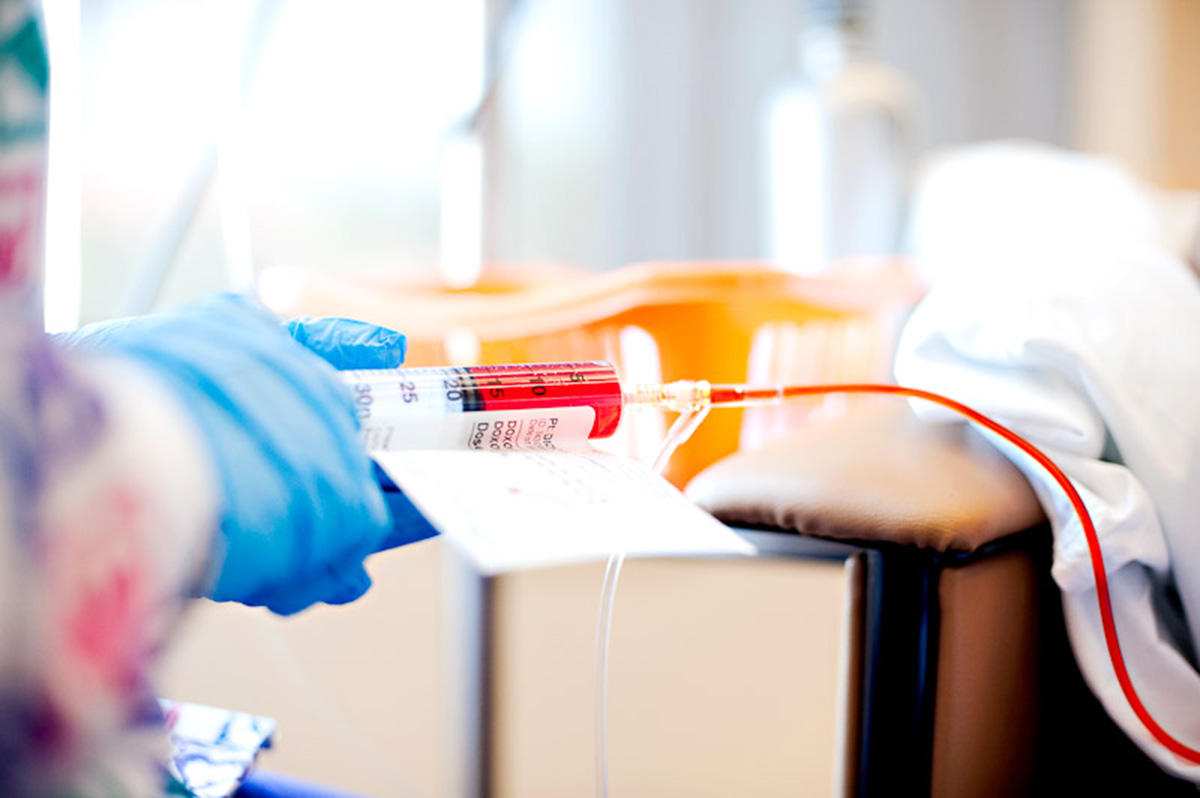Table of Contents
Breast And Cervical Cancer
Today, breast cancer is in fact the most common form of cancer affecting women and the most prevalent cause of death amongst female cancer patients. Researchers and scientists have estimated that 40% of all breast cancer cases could be prevented merely by including more plant-based foods in one’s diet. Alongside broccoli, onions, carrots, garlic, chili peppers and various fruits, the tomato is one of the most potent in its anti-cancerous effects. One study highlighted that breast cancer cells treated with lycopene resulted in the improvement of DNA repair, reduction and deceleration of cancer cell replication and increased death of cancer cells. Lycopene has also been shown to reduce the amount of oxidative stress in the breast tissue itself and to stimulate the natural anti-oxidant enzymes in this tissue.

Lycopene has also been indicated in reducing women's risk of developing cervical cancer.
Lung And Colon Cancer
Lycopene has also proved promising in the prevention of lung cancer as lung tissue has high oxidative stress exposure when we breathe. This carotenoid has been shown to reduce the DNA damage in lung cells that could otherwise lead to cancer. Another study highlighted that those individuals with the highest concentration of lycopene in their blood were 28% less likely to develop lung cancer.
Prevention of colon cancer too has been associated with lycopene intake. It has been clearly demonstrated that supplementation of lycopene 30 mg/day in individuals with a family history of colon cancer decreases IGF-1 concentrations which could potentially stimulate cancer cell growth in the region. This effect through supplementation could similarly be achieved by simply consuming more cooked tomatoes or tomato based products, as just one glass of tomato juice (250 ml) contains 25 mg of lycopene.
Lycopene Absorption
Probably one of the most important things to note when looking to naturally increase your lycopene intake is that eating raw tomatoes is ineffective at boosting serum levels of lycopene by itself. This is simply because the fiber content of the tomato interferes with lycopene bioavailability and absorption in the human body. So, the best way of getting the most out of your tomatoes is to cook them in some way or buy them in processed form. Pasta sauces, tomato based curries, and even juicing are all excellent ideas and, in addition adding things like chili sauces, ketchup, or more general tomato sauces to your foods will certainly bring the figure up. Some examples: 125 ml (or ½ cup) of pasta sauce provides 27 mg of lycopene, 2 tablespoons of chili sauce provides on average 6.7 mg of lycopene and 2 tablespoons of tomato paste provides 13.8 mg. On the other hand, 1 medium raw tomato consumed whole will provide a mere 3.7 mg of lycopene as your body will not absorb it all.
See Also: How To Use The Budwig Diet To Support Remission From Cancer
Plant based diets involving a vast array of fruits and vegetables are in general superior for the disease prevention. This comes as good news to all the vegetarians out there, however the most important thing to remember is that the preparation of the vegetable or fruit is what is vital in getting the benefits from it. Studies have shown that supplementation of lycopene is also a viable method. However, if you're not keen on spending money for something which you can buy at your local grocery store or supermarket, then start eating tomatoes – you won't regret it.
- Rao AV, Ray MR, Rao LG. Lycopene. Advances in Food and Nutrition Research. 2006
- 51:99-164
- Wertz K. Lycopene effects contributing to prostate health. Nutrition and Cancer. 2009
- 61(6):775-83
- Er, Vanessa, et al. Adherence to dietary and lifestyle recommendations and prostate cancer risk in the Prostate Testing for Cancer and Treatment (ProtecT) trial. Cancer Epidemiology Biomarkers & Prevention 23.10 (2014): 2066-2077
- Kucuk O, Sarkar FH, Djuric Z, et al. Effects of lycopene supplementation in patients with localized prostate cancer. Experimental Biology and Medicine (Maywood). 2002 Nov
- 227(10):881-5
- Chalabi N, Delort et al.. Gene signature of breast cancer cell lines treated with lycopene. Pharmacogenomics. 2006 Jul
- 7(5):663-72
- Moselhy SS et al. Chemopreventive effect of lycopene alone or with melatonin against the genesis of oxidative stress and mammary tumors induced by 7,12 dimethyl(a)benzanthracene in sprague dawely female rats. Molecular and Cellular Biochemistry. 2008 Dec
- 319(1-2):175-80
- Sedjo RL, Roe DJ, Abrahamsen M, et al. Vitamin A, carotenoids, and risk of persistent oncogenic human papillomavirus infection. Cancer Epidemiol Biomarkers Prev. 2002 Sep
- 11(9):876-84
- Castle, P. E., & Giuliano, A. R. (2003). Genital tract infections, cervical inflammation, and antioxidant nutrients—assessing their roles as human papillomavirus cofactors. JNCI Monographs, 2003(31), 29-34
- Arab L, Steck-Scott S, Fleishauer AT. Lycopene and the lung. Experimental Biology and Medicine (Maywood). 2002 Nov
- 227(10):894-9
- Holick CN, Michaud DS, Stolzenberg-Solomon R, et al. Dietary carotenoids, serum beta-carotene, and retinol and risk of lung cancer in the alpha-tocopherol, beta-carotene cohort study. American Journal of Epidemiology. 2002 Sep 15
- 156(6):536-47
- Vrieling A, Voskuil DW, Bonfrer JM, et al. Lycopene supplementation elevates circulating insulin-like growth factor binding protein-1 and -2 concentrations in persons at greater risk of colorectal cancer. American Journal of Clinical Nutrition. 2007 Nov
- 86(5):1456-62.Photo courtesy of The Ewan by Flickr: www.flickr.com/photos/the_ewan/2962762666
- Photo courtesy of HollywoodPimp by Flickr: www.flickr.com/photos/sdickter/3563942566
- Photo courtesy of The Ewan by Flickr: www.flickr.com/photos/the_ewan/2962762666
- Photo courtesy of HollywoodPimp by Flickr: www.flickr.com/photos/sdickter/3563942566
- Photo courtesy of The Ewan by Flickr: www.flickr.com/photos/the_ewan/2962762666
- Photo courtesy of HollywoodPimp by Flickr: www.flickr.com/photos/sdickter/3563942566


Your thoughts on this